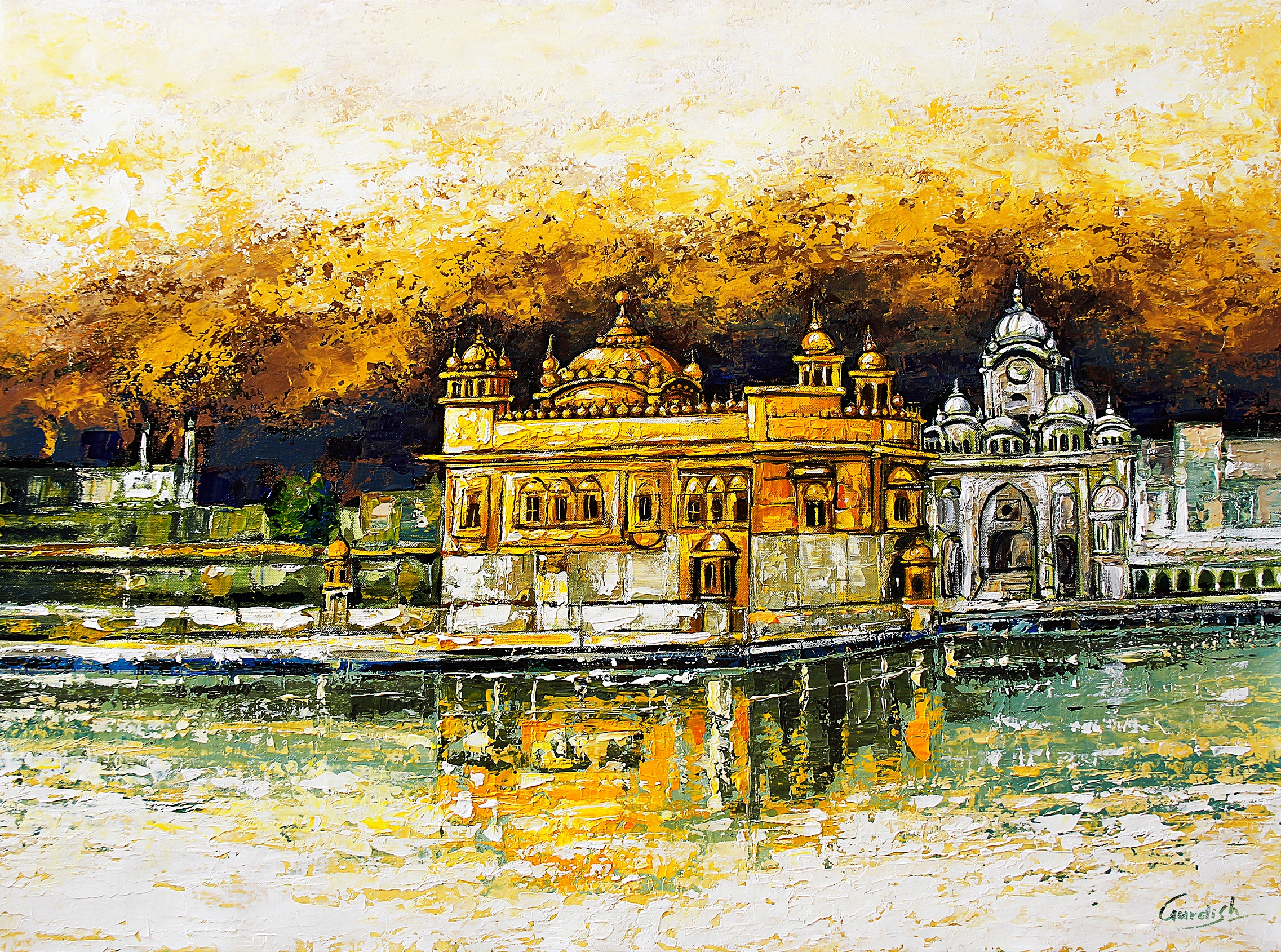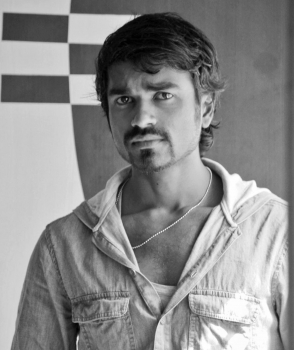
If you ever want to see the placid and wondrous nature of art, landscape paintings are the one you should look at.
The way the ocean waves are showed crashing on the shore, or the aesthetic appeal that humongous yet strikingly beautiful mountains exhibit, or the serene glare of the trees, the essence of Landscape paintings is just unparalleled.
Landscape art, as per the experts, started in Chinese, Greek and Roman empires. Although the purpose was purely decorative and the painting was done on the huge walls of villas, we can see a hint of landscape origination there.
However, it was not until the 15th century that the Landscape paintings were taken as a full time course in the art world.
Have you ever thought how it all did start?
What made artists of those time to picture the extreme mesmerising attribute of nature with colours, strokes of brushes, and alluring patterns?
This blog is going go to give you a full insight into the evolutionary journey of Landscape paintings. Let’s begin:
Landscape art and the Dutch
It was the artists from the Netherlands who actually decoded the concept of landscape paintings.
What other artists (from other regions) did wrong was they continued putting the background beyond a parapet or windowsill to eradicate the issue.
But there was no literal usage of figures left in the crafting of Landscape paintings by the 15th century.
Few of the known landscape artists are Jacob van Ruisdael, Fra Bartolomeo and Albrecht Durer.
The beauty of landscape art is that artists used to illustrate the beauty of the places they had never been. Like a lot of artists actually showcased the serene beauty of the forested Italian hills they had never been to.
It was during this time that landscape paintings were first time realized as sellable artwork. By the mid-1600s, the artists started sketching exotic landscapes that become quite popular.
The golden age for Dutch paintings started with the dawn of 17th century. It was during this time that painters developed artistry in showcasing the transformations in weather and light.
The Dutch painters during this time were highly applauded for their breath-taking illustration of skies.
During the 18th and 19th century, people started showing less interest in the religion-based paintings that lead to the elevated rising of the landscape art.
The themes in these times were moonlit scenes, farms, villages, battle scenes, and forests.
Landscape art and the French
It was not until the early 19th century that French artists become the contributors in Landscape art form.
Barbizon school, which was known for its focus on realism, gave the world great landscape artists such as Jean-Baptiste-Camille Corot and others.
John Constable was the one who dared to move the theme of art away from the formalism. He inspired artists to depict the beauty of nature.
Quite a few landscape artists started crafting paintings with the theme based on nature only. This marked the beginning of plein-air types of paintings where artists used to take their canvas outdoor to craft nature patterns in the most aesthetic manner.
The United States and the Landscape art
Since landscape paintings were beginning to mark their prominence all over the globe by the 19th century, the United States was also beginning to realise its significance.
The inception of the Hudson River School in America by numerous landscape artists was the result of this.
Typically, Hudson River School consistently focused on mainly 3 themes i.e. settlement, exploration, and discovery.
The artists here ensured to picture both humans and nature together in their paintings depicting the art of co-existence.
One of the biggest eminences of the American artists was the preciseness with which they carve the detailing in the paintings making them remarkably real.
Some of the eminent landscape artists of this era were Thomas Cole, Andrew Wyeth and William Hart. Soon, landscape paintings become an elemental part of the American art culture.
Landscape art in present time
Today, Landscape paintings are one of the most preferred art forms for artists of every age, culture, religion, and nation.
Now, artists use oil, watercolour, and acrylic painters to design some exquisite landscape paintings.
With the inclusion of abstractionism in landscape form of art, the representational themes are no longer practiced.
You can say that this era has limitless opportunities for the artists who want to learn and contribute to the landscape form of art.
Read More: Must Buy Landscape Paintings for Every Nature Lover
Final Takeaway
The Landscape paintings are perhaps one of the most marvellous forms of art. This art form has survived a long journey from around 500 years.
The evolved form is much enhanced and open to new ideas.
What are your thoughts? Do you think we have missed something? Are you a Landscape art admirer?
Connect with us in the comment section and we can discuss further. Thanks!





















